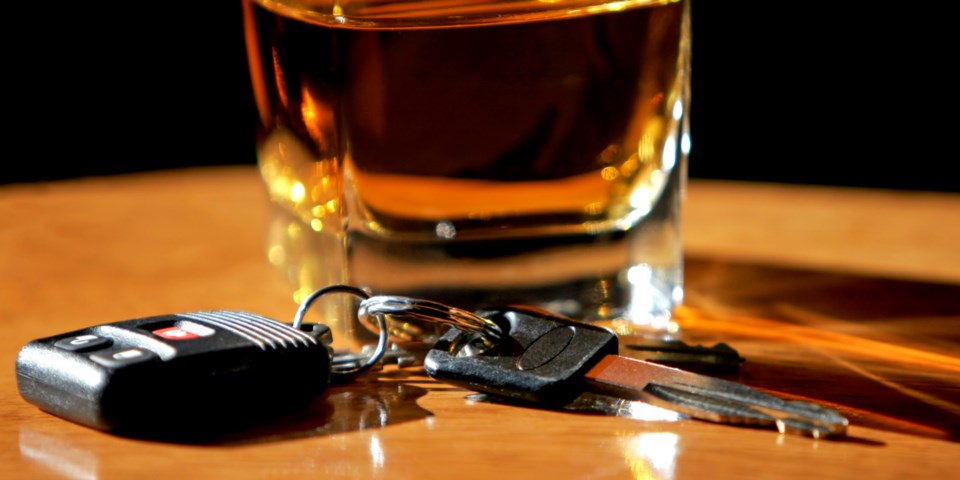By Dan Archer
Since December, 180 days after Royal Assent, Ottawa introduced Bill C-46, allowing police more tools to detect and charge impaired drivers.
This bill also contains many technical changes, allowing the courts to deal with impaired driving cases much quicker than previously.
However, Bill C-46 has proved to be controversial for both observers and experts in the legal and toxicology fields. Mandatory alcohol screening allows police to obtain a roadside breath test from any driver they’ve pulled over. Police no longer need to have the reasonable suspicion clause to get tests from drivers. Drivers who refuse this test will face a criminal charge with similar penalties leading to an impaired driving conviction.
When the Senate studied Bill C-46, lawyers and civil liberties groups argued against giving the police extra powers to test people without reasonable suspicion, saying this violated the Charter’s protection against irrational searches.
Others were concerned about how the provision in Bill C-46 will affect minorities, with possible racial profiling from mandatory alcohol screening.
The Senate voted to remove this provision, but the Liberal government insisted on restoring the controversial aspect of the bill, eventually pushing the law through Parliament. Justice Minister Jody Wilson-Raybould is confident that random testing and mandatory screening can withstand court challenges.
The government pointed to other countries with random testing, including Australia and Ireland, arguing these countries have had striking decreases in impaired driving incidents. Critics say the statistics from these countries are deceptive, because the numbers aren’t being compared to the discriminatory testing used in Canada before Bill C-46. Canada, they say, has already experienced reductions in impaired driving under the previous rules.
Canadian police officers can now use roadside screen devices to test saliva for traces of cocaine, methamphetamine and THC – the main psychoactive ingredient in cannabis. Police will need reasonable suspicion before demanding these saliva tests.
The Draeger DrugTest 5000 is the first device to be approved for use by Canadian police forces. However, this machine is controversial for giving false positives. Moreover, the testing machine from Germany doesn’t operate well in colder weather.
Canadians can be charged if they have substantial levels of THC in the blood within two hours of driving, meaning police can lay an impaired driving charges based merely on blood test results without needing to prove impairment through other means. Critics argue the new testing rules for THC are too closely linked with alcohol regulations, which aren’t relevant to cannabis impairment.
Long before cannabis legalization, impaired drivers were charged if their alcohol levels were above 80 milligrams of alcohol per 100 millilitres of blood. But the science linking THC blood levels to impairment is weaker than the science on blood alcohol levels. Defence lawyers are certain to challenge this ruling in courts once Bill-C-46 comes into effect.
The new regulations for cannabis impairment are based on the levels of THC measured in nanograms per millilitre of blood. A THC level between 2 and 5 nanograms (ng) will be considered a lower-level offence with a fine of up to $1000. THC levels above 5 ng will equate with the same penalties as alcohol-impaired driving convictions, including mandatory minimum penalties of a $1000 fine on the first offence, 30 days imprisonment on a second offence and 120 days imprisonment on a third offence.
A mixture of a THC level above 2.5 ng with a blood alcohol concentration above 50 ng per 100 mL will result in the same penalties as having 5 ng of THC in the blood. Provincial laws might create additional penalties on top of the laws introduced by Bill C-46. Even consuming small amounts of cannabis before driving might put someone over the legal limits, but the government is taking a zero-tolerance stance on marijuana impairment before a user sits in the driver’s seat.
Some toxicologists and pharmacologists are saying THC levels might have nothing to do with a motorist’s ability to drive. Unlike alcohol, THC is a complex molecule capable of remaining in the body’s fat cells for a lengthy time without producing impairment.



